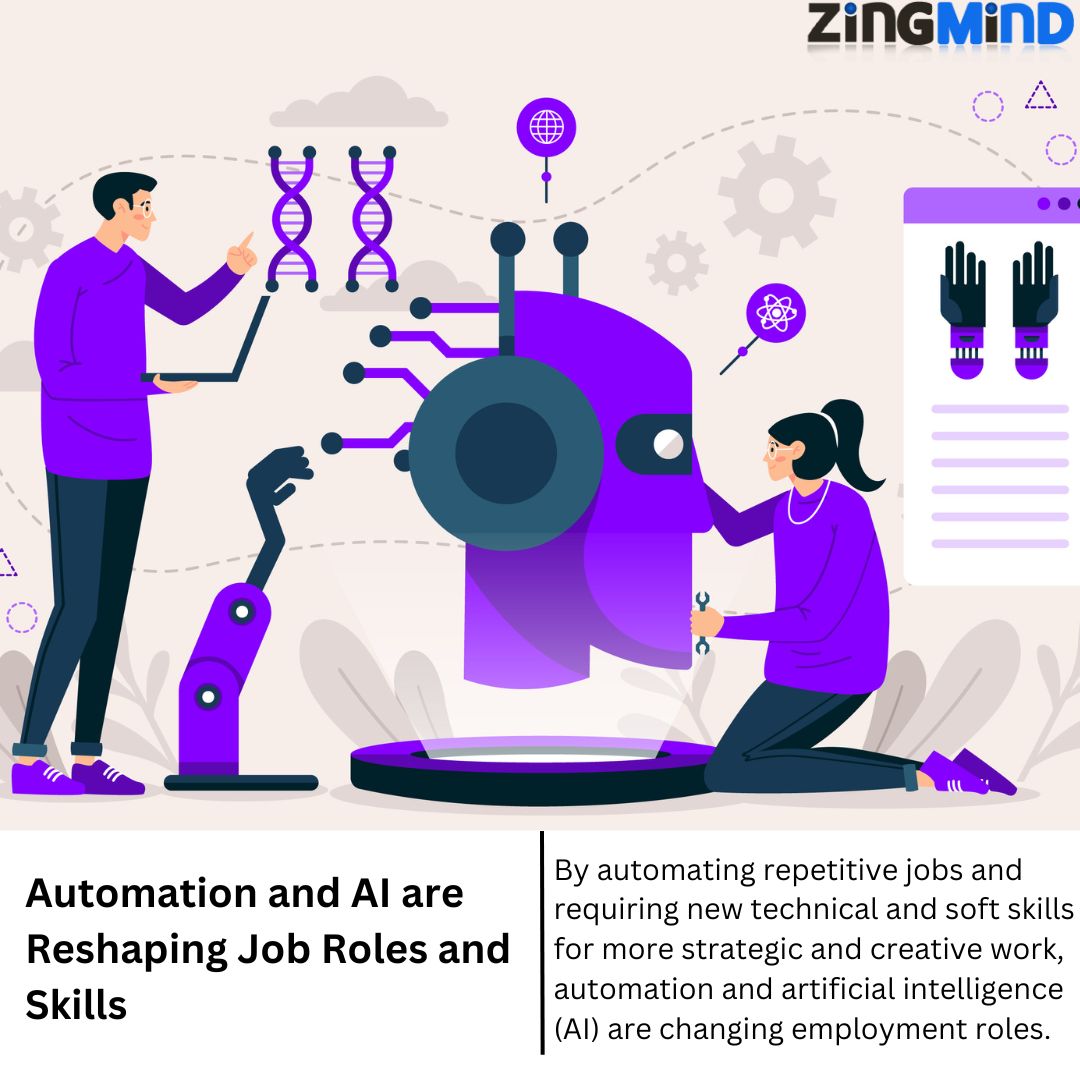
Introduction
Data has become a vital resource for companies and organizations in the age of digital transformation. Effective administration and analysis of the vast amount, velocity, and variety of data being created need the application of advanced methodologies. Big Data engineering is useful in this situation. Large datasets may be gathered, stored, processed, and analyzed with the help of scalable systems and infrastructures, which are designed, built, and maintained as part of big data engineering.
The Pillars of Big Data Engineering
- Data Gathering
- Sources: A wide range of sources, including social media, IoT devices, transaction records, and more, can provide big data.
- Methods: Making use of web scraping to obtain data from websites and Apache Kafka for real-time data streaming.
- Information Storage
- Scalability: Making use of scalable storage options such as Google Cloud Storage, Amazon S3, and the Hadoop Distributed File System (HDFS).
- Management: To efficiently organize and manage stored data, data lakes and warehouses (such as Amazon Redshift and Google BigQuery) can be implemented.
- Data Entry
- Batch processing: To handle huge datasets in batches, programs like Apache Spark and Hadoop are utilized.
- Stream Processing: For quick insights, real-time stream processing tools like Apache Storm and Apache Flink are used.
- Information Analysis
- Machine Learning: Creating predictive models by utilizing machine learning frameworks (such as TensorFlow and PyTorch).
- Business intelligence: The process of building dashboards and visualizations to extract information using tools like Tableau and Power BI.
Key Technologies in Big Data Engineering
Hadoop Apache
a system that makes use of straightforward programming principles to enable the distributed processing of big data collections among computer clusters.
Apache Spark
a free and open-source integrated analytics engine with built-in SQL, streaming, machine learning, and graph processing modules for handling massive amounts of data.
Kafka
A distributed event streaming platform for real-time data pipelines and streaming applications that can process billions of events each day.
Databases With NoSQL
A few examples include the large-scale data storage and diversified data processing systems like MongoDB, Cassandra, and HBase, which are used in big data contexts.
Challenges in Big Data Engineering
Data Quality
- Ensuring data accuracy, consistency, and reliability is a major challenge due to the heterogeneous nature of big data.
Scalability
- Building systems that can scale efficiently with the growing volume of data without compromising performance.
Data Security and Privacy
- Implementing robust security measures to protect sensitive data and comply with regulations like GDPR and CCPA.
Cost Management
- Managing the costs associated with storing and processing large volumes of data, which can be substantial.
Conclusion
To use data to spur innovation and gain a competitive edge, big data engineering is essential. The sector will change in tandem with technological breakthroughs as data becomes exponentially more, straining the limits of data administration and analysis. Businesses that make significant investments in big data engineering techniques will be well-positioned to profit from the insights that are concealed in their data.






